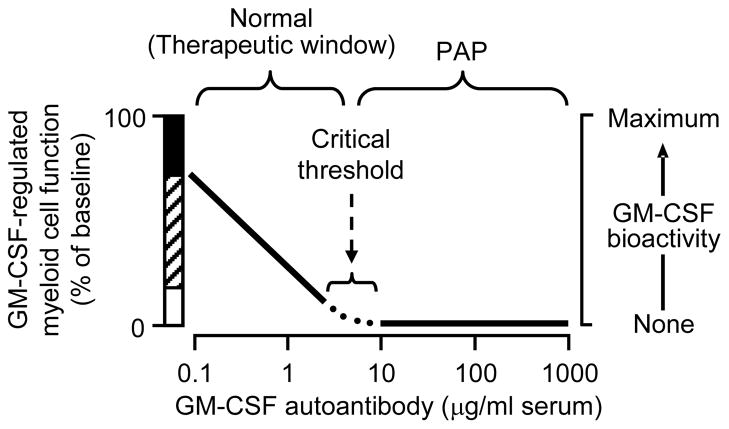Figure 3. Relationship between GM-CSF autoantibody concentration, GM-CSF bioactivity, and GM-CSF dependent myeloid functions.
At GM-CSF autoantibody concentrations below the critical threshold, GM-CSF bioactivity and GM-CSF dependent functions (i.e., CD11b stimulation, neutrophil phagocytosis) vary inversely with autoantibody concentration. At and above the critical threshold, GM-CSF bioactivity and GM-CSF-dependent functions are reduced minimum values (i.e., alveolar macrophage catabolism of surfactant). The hatched region represents the inverse relationship; the black bar represents priming caused by supranormal GM-CSF levels present during infection or exogenous administration; the white bar represents residual, non-zero minimal values of some function (e.g., phagocytosis). The critical threshold concept provides an explanation of why a high level of GM-CSF autoantibody is virtually diagnostic of autoimmune PAP and yet autoantibody levels (which are generally well above the critical threshold value) do not reflect lung disease severity. Adapted from reference [57].

